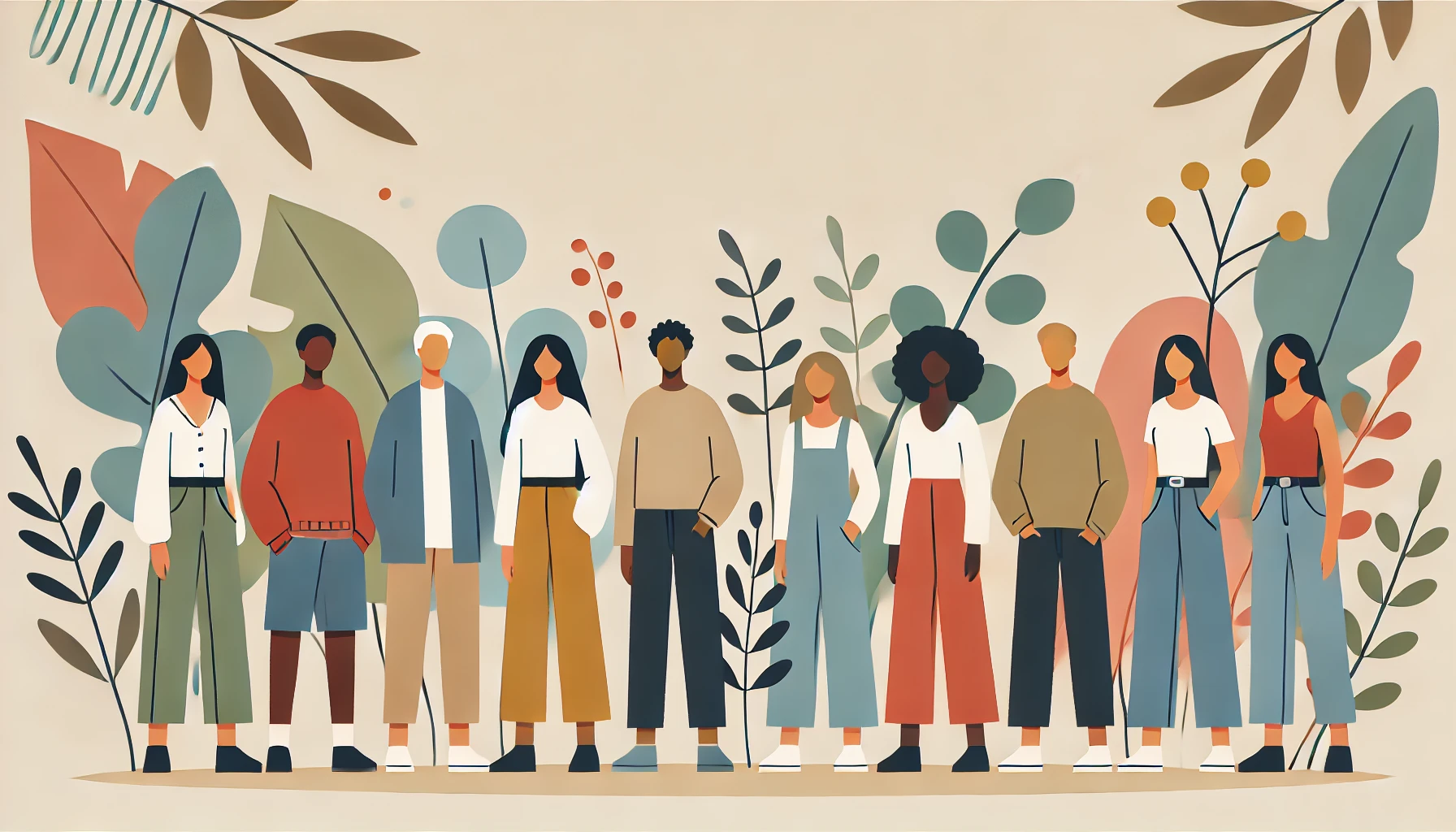The Curb Cut Effect: How Uplifting BIPOC Communities Benefits Everyone
Who Are BIPOC?
BIPOC stands for Black, Indigenous, and People of Color. This term is used to recognize the distinct experiences and challenges faced by these communities. While people of color share common struggles, the term BIPOC specifically highlights the unique historical and systemic challenges faced by Black and Indigenous people. “BIPOC” began gaining attention in the early 2010s, but it became much more widespread during the racial justice movements of 2020.
Understanding the Curb Cut Effect
This “Curb Cut” effect comes from the concept of the ramps you see at the corners of sidewalks. Originally designed to assist people in wheelchairs, these curb cuts have proven to be beneficial for many others as well—like parents with strollers, workers with carts, and travelers with luggage.
The idea of curb cuts came about in the 1970s when disability rights activists in Berkeley, California, advocated for better accessibility in public spaces. They argued that something as simple as adding ramps to sidewalks could significantly improve mobility for people in wheelchairs. Their efforts paid off, and curb cuts became a standard feature in cities across the United States.
What’s fascinating is that these small changes, initially intended for a specific group, ended up benefiting a much broader audience. Emergency responders found the ramps incredibly useful, as did individuals with visual impairments and even joggers. The curb cut effect illustrates this principle: when we design with the most vulnerable in mind, we often create solutions that benefit everyone.
Real-Life Examples of the Curb Cut Effect
Consider the Americans with Disabilities Act (ADA). While its primary goal was to support people with disabilities, the accessibility features it mandated—such as ramps, elevators, and automatic doors—have made life easier for everyone, not just those with disabilities.
Another example is closed captioning, which was initially created to assist the hearing impaired. Today, it’s used by a broad audience, including people in noisy environments, those learning a new language, and even those who prefer watching videos in silence.
Texting is another great example. Originally developed as a communication tool for individuals who are deaf and experience hearing loss, texting has become a universal mode of communication that everyone relies on.
Addressing Systemic Issues
The curb cut effect teaches us that when we focus on helping those who are most vulnerable, we create systems that benefit everyone. This principle is particularly relevant when addressing the systemic issues faced by BIPOC communities. Some of the systemic issues include:
- Political Underrepresentation: BIPOC individuals are often underrepresented in government and decision-making processes. Ensuring diverse representation can lead to more inclusive policies that reflect the needs and interests of the entire population.
- Economic Inequality: BIPOC communities often experience significant wage gaps, higher unemployment rates, and limited access to high-paying jobs. Addressing these disparities can lead to a more robust and equitable economy that benefits all workers.
- Educational Disparities: BIPOC students frequently attend underfunded schools and face barriers to higher education. By investing in quality education for all, we create a more skilled workforce and a stronger, more innovative economy.
- Healthcare Inequities: BIPOC communities often lack access to quality healthcare and experience higher rates of chronic diseases. Improving healthcare access and addressing these disparities can lead to a healthier population overall, reducing the strain on healthcare systems.
- Housing Discrimination: Redlining and other discriminatory practices have left BIPOC communities with limited access to safe and affordable housing. Addressing housing inequality can lead to more stable communities, lower crime rates, and better opportunities for all residents.
- Criminal Justice Disparities: BIPOC individuals are disproportionately targeted by the criminal justice system, leading to higher incarceration rates and long-term negative impacts on families and communities. Reforming these practices can create a fairer justice system and improve public safety for everyone.
- Environmental Racism: BIPOC communities are more likely to live in areas with poor air quality, contaminated water, and limited access to green spaces. Addressing environmental injustices can lead to healthier environments that benefit all people, regardless of race or location.
The Broader Impact of the Curb Cut Effect
The curb cut effect shows that by designing solutions with the most marginalized in mind, we end up with outcomes that benefit all of us. For instance, when BIPOC communities gain improved access to resources such as enhanced education, housing, and economic opportunities, it often results in the development of better schools, more affordable housing options, and expanded public services that everyone in the community can utilize. When BIPOC communities thrive, the ripple effect strengthens local and national economies, creating more jobs, increasing spending, and contributing to a healthier overall economy. Addressing inequality and supporting BIPOC communities can help reduce social tensions, fostering a more peaceful and stable society. The innovative policies and programs developed to uplift BIPOC communities frequently result in solutions that improve the quality of life for everyone, leading to advancements in areas like urban planning and public health.







